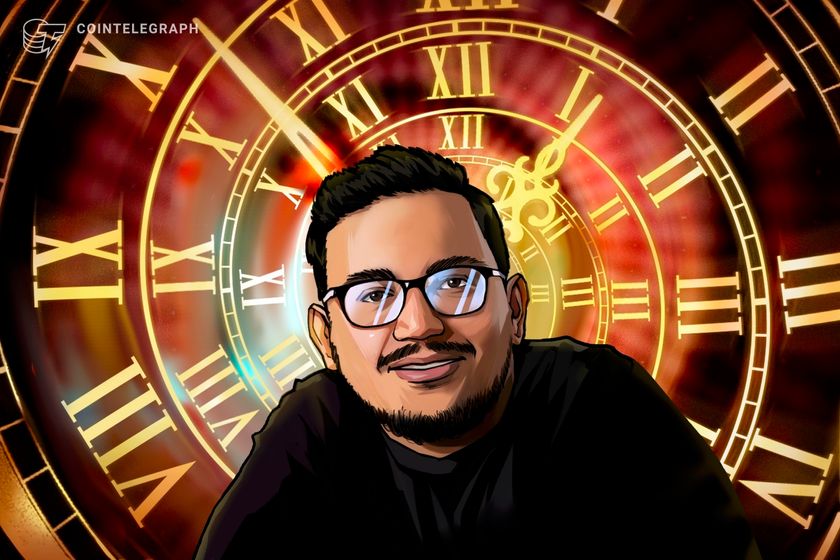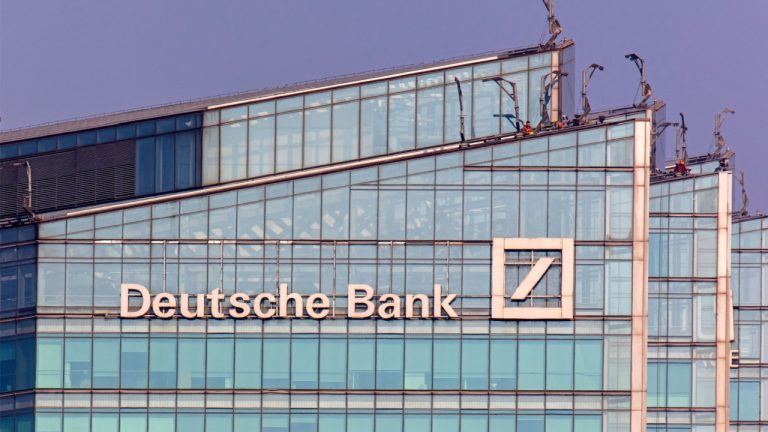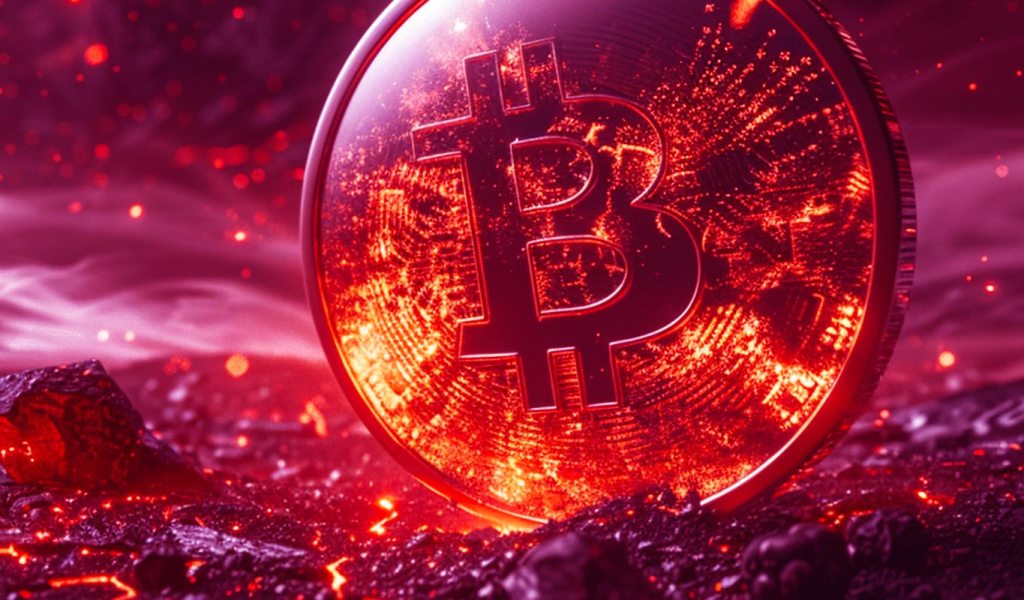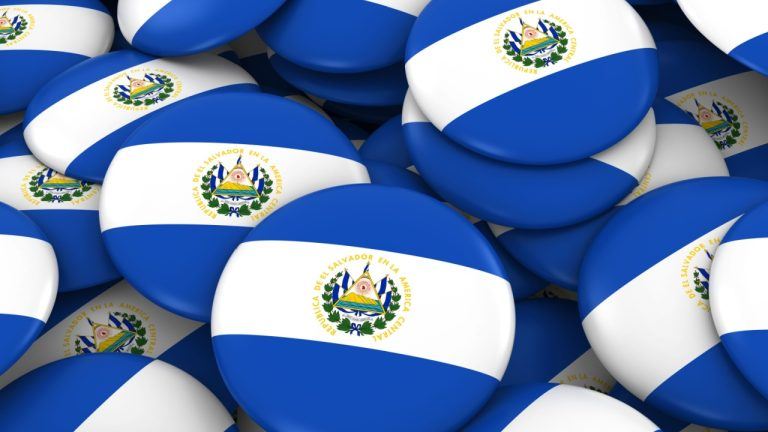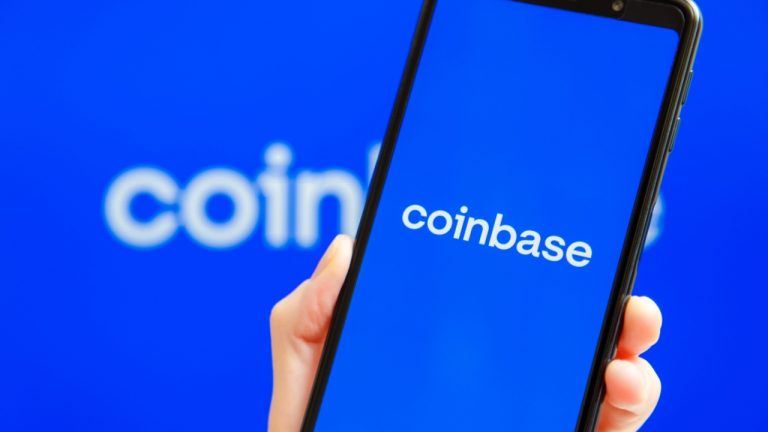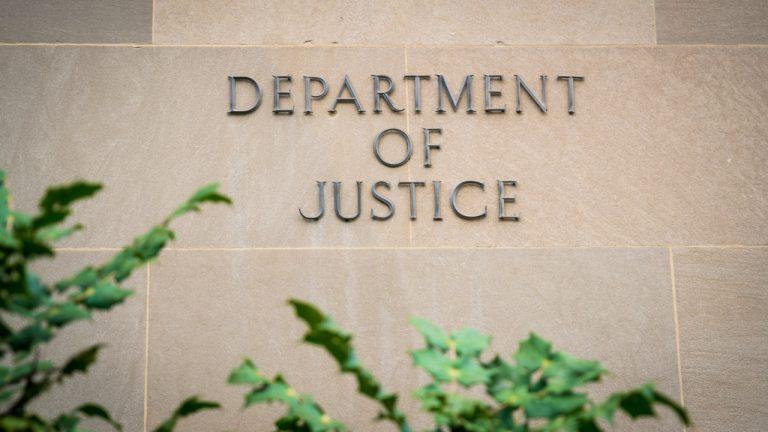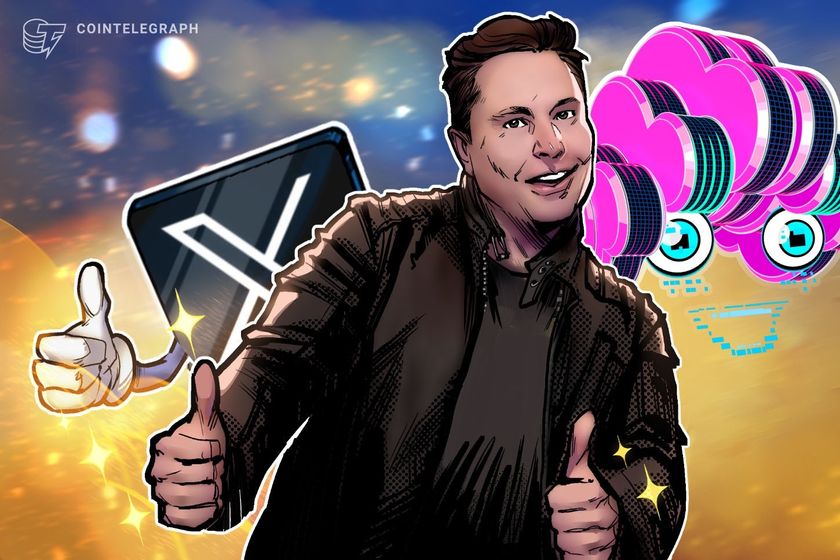
Buyback-and-burn: What does it mean in crypto?

When considering price volatility in digital marketplaces, buyback-and-burn strategies in crypto offer long-term price stability and token value growth.
Are buybacks the way forward?
Self-investment by businesses is not new and has long been a standard tool for price stabilization (or inflation) in the traditional financial market.
Binance, Nexo and others are among the projects that have carried out buybacks. Nexo’s buyback, for example, was motivated by the core development team’s conviction in the asset’s significant undervaluation. As a result, they decided to decrease the number of project tokens in circulation to aid in market price correction.
In the crypto world, buybacks are similar to their traditional financial market counterparts, which are used to modify the number of a company’s assets in circulation. There are a variety of motivations for such programs, but the ultimate result is usually a significant increase in the asset’s value.
What are the advantages and disadvantages of the buyback of crypto?
The goal of buyback and burn is to increase the value of a token by lowering its supply as income increases. Buybacks tend to achieve this purpose, although burning has distinct effects on currency and capital assets.
The necessity of deflating the number of tokens in circulation owing to errors in economic calculations, the intention to artificially inflate token prices, promote speculation, hype generation, as a gesture to token holders, or simply reorganize allocations are all reasons why projects resort to buybacks.
The buyback is frequently carried out for internal project reasons and to increase liquidity and reduce price volatility. Because the law of supply and demand negates the scarcity principle, fewer supplies tend to stabilize prices in the long run, but bigger volumes of available assets result in reduced interest by investors.
Furthermore, long-term growth is encouraged through buybacks. Investors are encouraged to HODL the token, which helps to maintain the asset’s price stability. However, all of the grounds for buybacks are open to criticism because they elicit an immediate reaction from the community, which begins to question the reasoning behind such choices.
For instance, deflationary currencies discourage consumption; hence, reducing the number of tokens over time can discourage capitalization. And suppose the rate of burning ever outpaces the rate of fundamental growth. In that case, you risk decapitalizing the system by consolidating ownership too tightly at the expense of liquidity and long-term value.
Regardless of the criticism, token holders will either perceive buybacks as an opportunity to sell their tokens or to buy more and double down on an investment in the hopes of a price increase.
How do buybacks and burns work?
Miners can burn virtual currency tokens using the proof-of-burn (PoB) consensus mechanism.
Proof-of-burn is one of several consensus mechanisms blockchain networks use to verify that all participating nodes agree on the blockchain network’s genuine and legitimate state. A consensus mechanism is a collection of protocols that use several validators to agree on the validity of a transaction.
PoB is a proof-of-work mechanism that does not waste energy. Instead, it works on the idea of allowing miners to burn tokens of virtual currency. The right to write blocks (mine) is then awarded in proportion to the coins burned.
Miners transmit the coins to a burner address to destroy them. This procedure uses few resources (aside from the energy necessary to mine the coins before burning them) and keeps the network active and flexible.
Depending on the implementation, you may burn the native currency or that of an alternate chain, such as BTC. In exchange, you’ll get a payout in the blockchain’s native currency token.
However, PoB will reduce the number of miners, just as it will reduce the token supply because there will be fewer resources and less competition. This leads to the obvious problem of centralization since large miners are granted too much capacity, allowing them to burn massive amounts of tokens at once, drastically impacting price and supply.
To get around this problem, a decay rate is frequently utilized, which effectively decreases individual miners’ total capacity to validate transactions. PoB is similar to PoS in that both need miners to lock up their assets to mine. Unlike PoB, stakers can get their coins back after they quit mining with PoS.
In cryptocurrency, the buyback works the same way, by purchasing tokens from the community and putting them in the developers’ wallets. As a result, unlike coin burning, which permanently destroys the tokens circulating in the market, the buyback does not permanently eliminate their tokens.
How did coin burning begin?
Coin burning was around long before Bitcoin (BTC). It’s extremely similar to stock buybacks, and was probably inspired by them.
In 2017 and 2018, many cryptocurrencies, including Binance Coin (BNB), Bitcoin Cash (BCH), and Stellar (XLM), burnt tokens to reduce supply and raise prices. It is becoming more typical with emerging cryptocurrencies that start with ample token supplies.
One of the main reasons coin burning has gained popularity recently is that it allows cryptocurrencies to begin at low prices and then artificially enhance their value after having secured investments. Because of the low price, a new cryptocurrency might start at 1 trillion tokens for a fraction of a cent and attract investors. The creators can then burn billions of tokens to raise the price in the future.
The Binance buyback and burn begins when the crypto exchange has utilized 20% of its revenues to burn and buyback BNB tokens every quarter, reducing the BNB token supply. On October 18, 2021, the 17th BNB Burn removed 1,335,888 tokens from the market. The difference between stock buybacks and cryptocurrency buybacks (like the BNB buyback) is that the latter is completed and guaranteed automatically.
When purchasing a standard stock, investors are sometimes unclear whether the corporation will buy back shares or pay dividends. On the other hand, buybacks with cryptocurrencies are carried out through pre-programmed smart contracts.
Furthermore, the Shiba Inu (SHIB) burn initiative, which intends to burn a set percentage of profits or a given monetary amount into the official SHIB burn wallet, is one of the upcoming crypto burns.
What does buyback mean in cryptocurrency?
Another popular tool for boosting token prices is a buyback, in which a corporation buys back its crypto assets, reducing its supply and increasing overall value.
A stock buyback occurs when the firm that issued the stock buys back shares at market price and absorbs them, lowering the total number of shares on the market. With the instability in price dynamics and the enigma of numerous sorts of tokens circulating on the market, blockchain-based businesses have begun to employ two techniques to limit emissions and drive prices.
The two most prevalent tools are buybacks and token-burns. And, while both approaches essentially accomplish the same goal, their mechanisms and end goals in terms of pricing effect are distinct. So, what are buybacks and token burns?
The cryptocurrency ecosystem is usually related to the concept of inflation, which refers to a decrease in value. The price volatility in digital markets is typically higher than in traditional markets, particularly in the current environment. Investors have less trust in digital assets because DeFi and cryptocurrencies are still unexplored.
As a result, issuers must develop a clear, functional, rational and profitable value proposition that will work effectively within the system to attract investors and demonstrate demonstrable benefits.
Therefore, the buyback concept in crypto refers to a project or corporation using its cash resources to repurchase some of its tokens or shares from holders at market price. During the buyback process, the repurchased assets are then held in the entity’s wallets rather than being destroyed or instantly released back into circulation.
On the contrary, token-burns are when a project pulls some of its tokens from circulation permanently and sends them to a zero address, thereby erasing them from existence. To adjust demand and supply dynamics and effect price, the tokens are either repurchased from the community or simply taken from current pools.
What is a coin burn?
When a chunk of cryptocurrency is burned to remove it from the blockchain, it is known as coin burning.
The “burning” of Ethereum (ETH) tokens became the talk of the town among crypto enthusiasts after the London Hard Fork upgrade. But, what is cryptocurrency coin burning, or what is buy and burn?
A cryptocurrency token is burned when delivered to an unusable wallet address to remove it from circulation. No one can access or assign the address, which is known as a burn or eater address. When a token is transferred to a burn address, it is permanently lost. Anyone with cryptocurrency can burn it, but it’s not something you’d want to do on the spur of the moment because essentially, you would be throwing money away.
The majority of the time, the developers of a cryptocurrency decide to burn a particular quantity. Burning coins reduces the supply, making cryptocurrency tokens more scarce. So, does burning crypto increase value? Because of the scarcity, prices may rise, resulting in a profit for investors.
There are a few things to keep in mind regarding coin burning. First, it does not guarantee that the value of the cryptocurrency will rise. Many people believe it provides little or no benefit.
The use of a cryptocurrency coin burn to deceive investors is possible. Developers can claim that they’re burning tokens when they’re sending them to a wallet they own. Burning tokens is also used by developers to conceal whales that own large amounts of a cryptocurrency.
Go to Source
Author: Jagjit Singh
